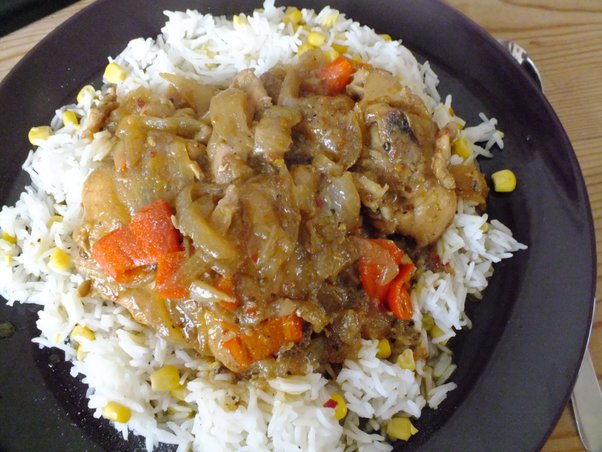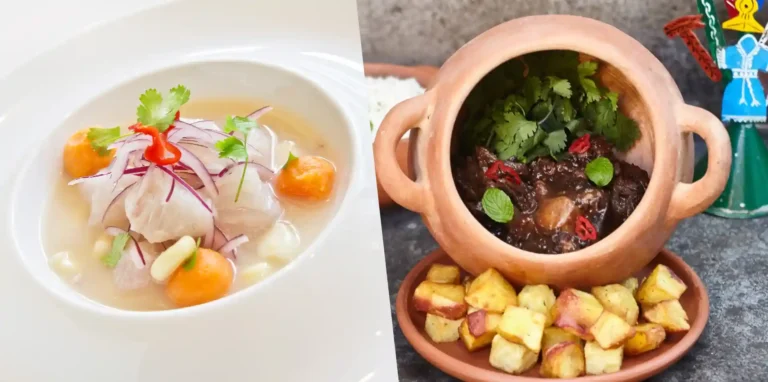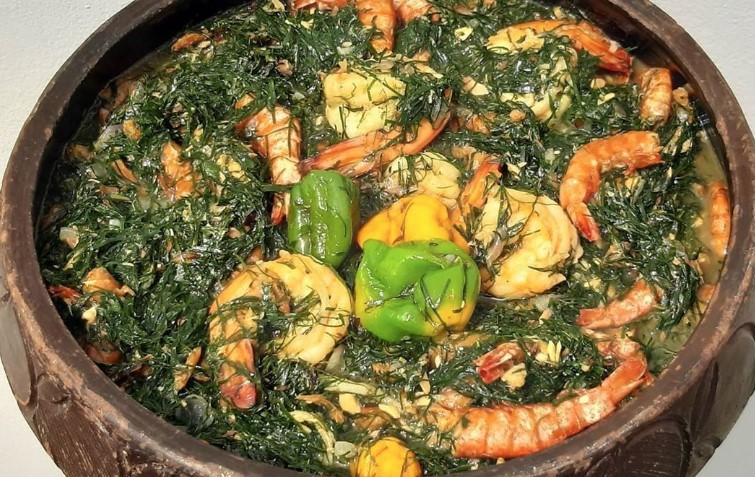Introduction: Estonian Breakfast
Estonia, a small country in Northern Europe, is known for its unique food culture that is influenced by both its Scandinavian and Eastern European neighbors. Breakfast, the most important meal of the day, is no exception. Estonians take their breakfast seriously and have a range of traditional options that are both delicious and filling.
Kama: The National Dish
Kama is a fermented grain mixture that is considered the national dish of Estonia. It is made by mixing roasted barley, rye, wheat, and pea flour together. This mixture is then mixed with some salt and sugar and served with milk or sour cream. Kama has a nutty flavor and a slightly sour taste that makes it a perfect breakfast option.
Verivorst: Blood Sausage
Verivorst, or blood sausage, is a popular breakfast option in Estonia. It is made by mixing pork blood, barley, and spices and then stuffed into a sausage casing. The sausage is then boiled or grilled and served with lingonberry jam. Verivorst has a unique flavor and texture that may take some getting used to, but it is a must-try for anyone visiting Estonia.
Pannkoogid: Estonian Pancakes
Pannkoogid, or Estonian pancakes, are thin and crepe-like pancakes that are served with various toppings. They can be sweet or savory and are often filled with jam, sour cream, or cheese. Pannkoogid are a popular breakfast option in Estonia, and they are easy to make at home.
Leib: The Bread of Estonia
Leib, or Estonian black bread, is a staple in Estonian cuisine. It is a dark and dense bread that is made with rye flour and sourdough starter. It has a slightly sweet and sour taste and is perfect for breakfast when served with butter and cheese. Leib is also a common ingredient in many Estonian breakfast dishes.
Müsli: A Modern Option
Müsli, a modern breakfast option, is gaining popularity in Estonia. It is a mixture of oats, nuts, seeds, and dried fruits that are served with milk or yogurt. Müsli is a healthy and filling option that is perfect for people who are on-the-go and need a quick breakfast.
Kohupiim: The Estonian Cream Cheese
Kohupiim, or Estonian cream cheese, is a unique cheese that is used in many Estonian breakfast dishes. It is made by curdling milk and then straining it through a cheesecloth. Kohupiim has a mild and slightly sour taste and is often served with jam or honey.
Summary: Traditional Breakfast Options in Estonia
Estonia has a range of traditional breakfast options that are both delicious and filling. From the national dish of kama to the unique blood sausage and creamy kohupiim, Estonian breakfast has something for everyone. Whether you are craving something sweet or savory, traditional or modern, Estonia has you covered.










